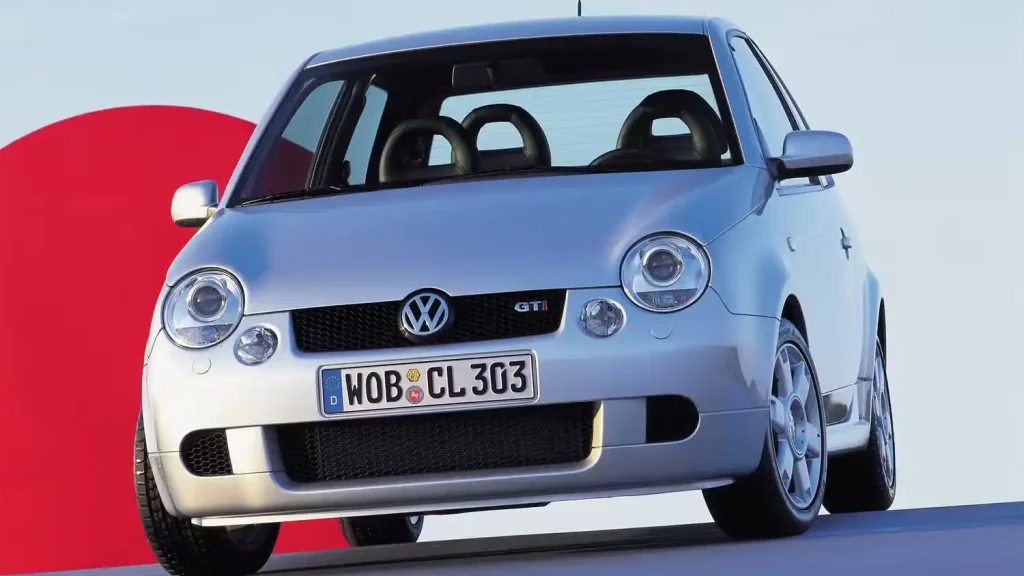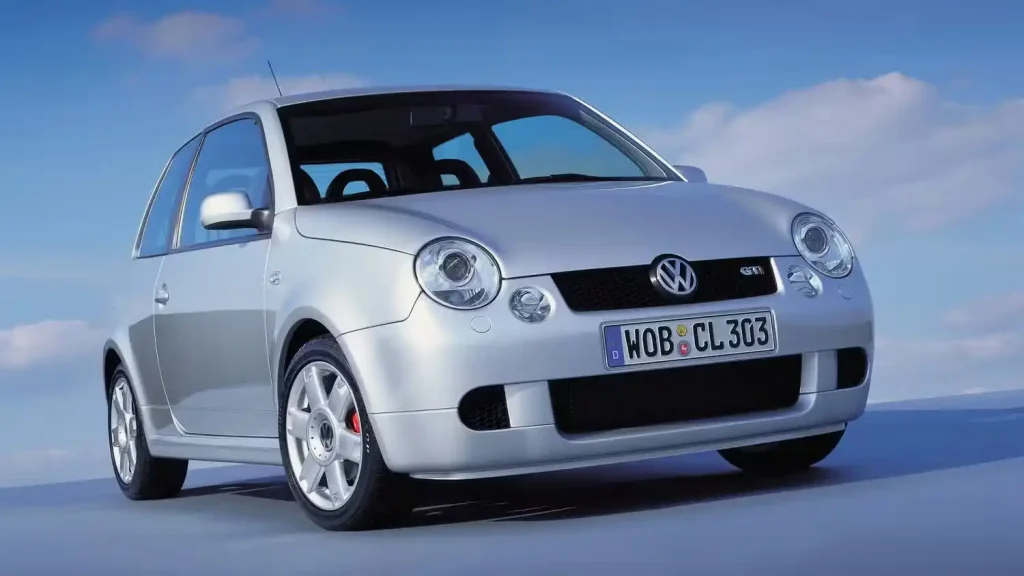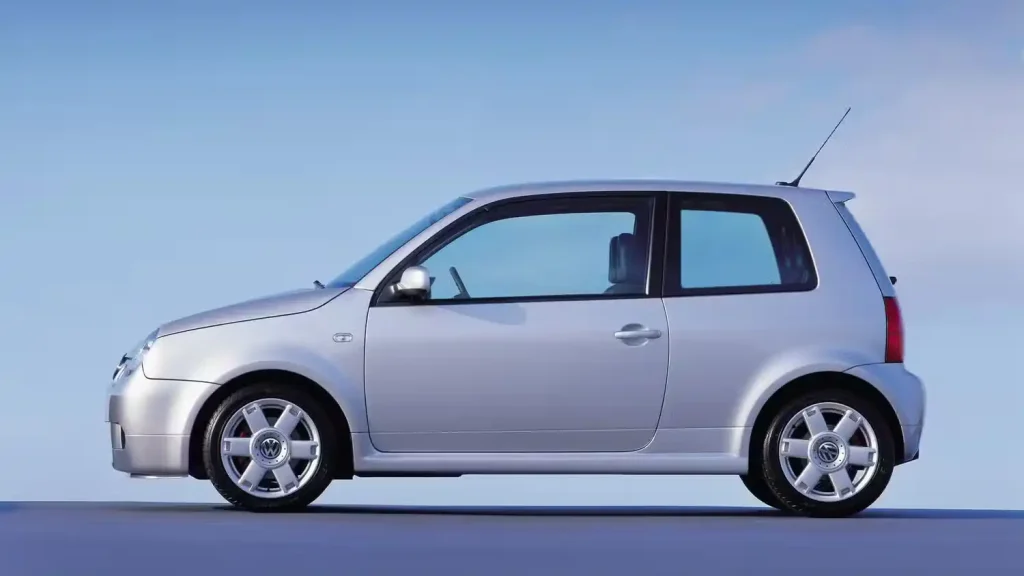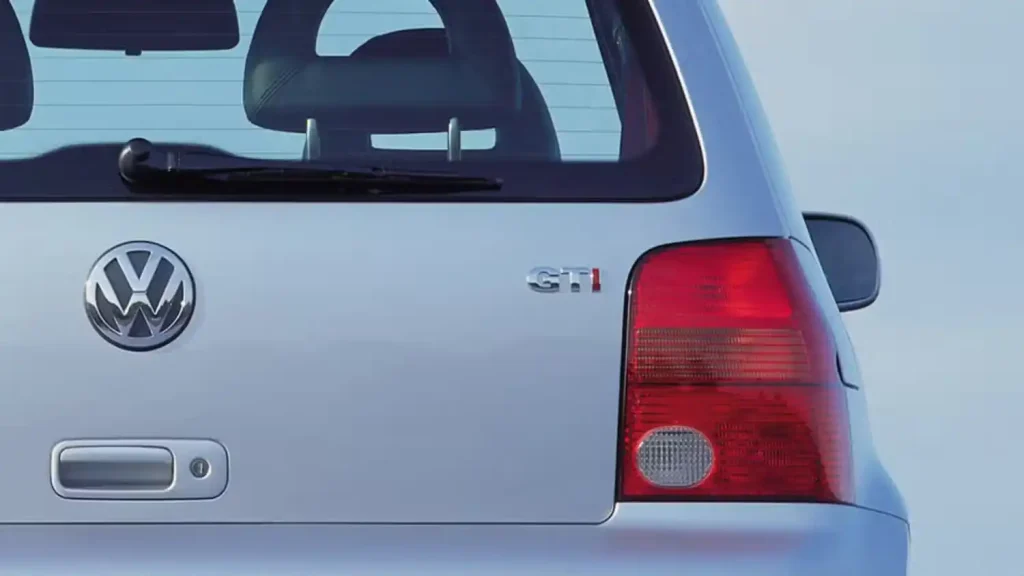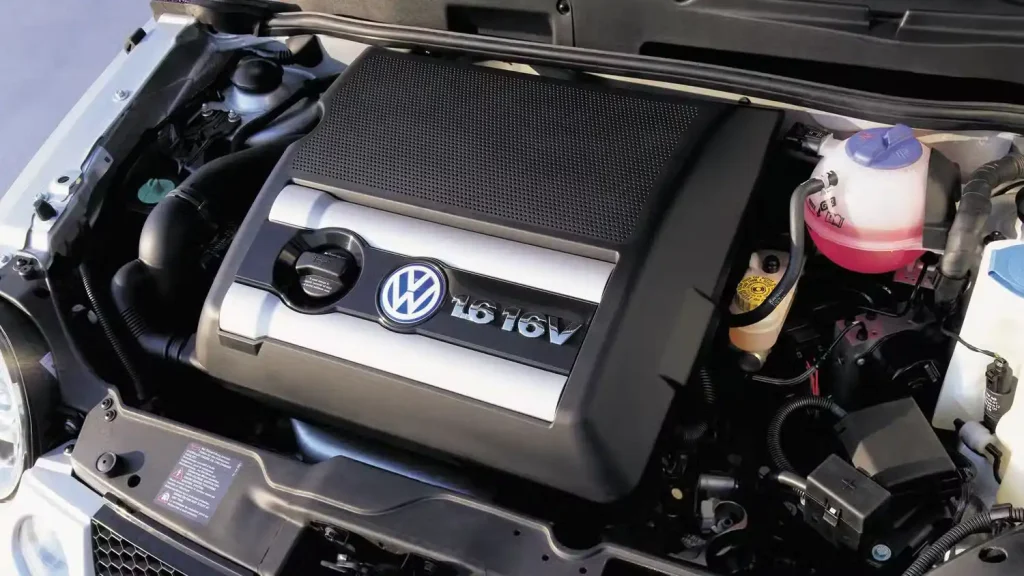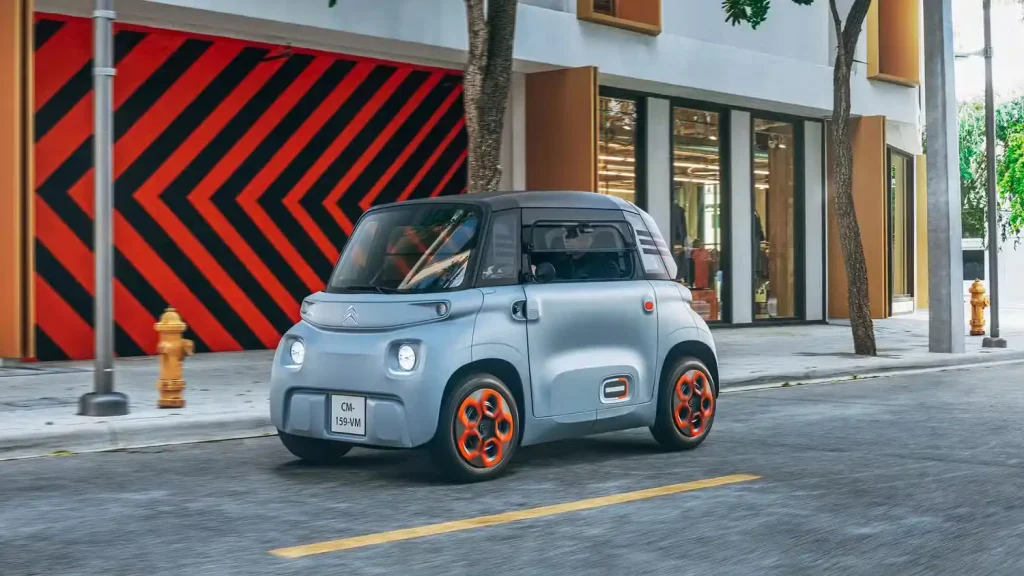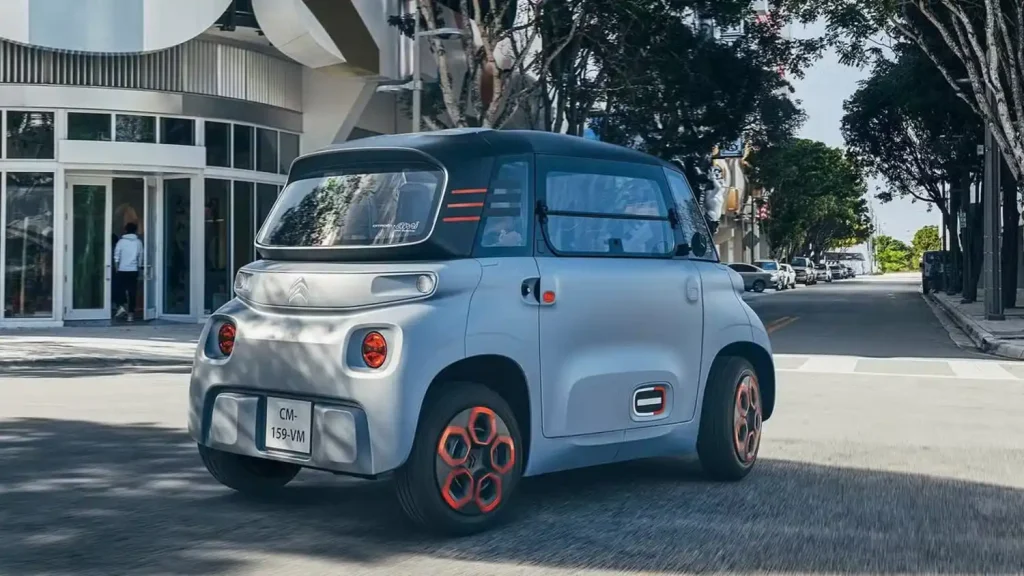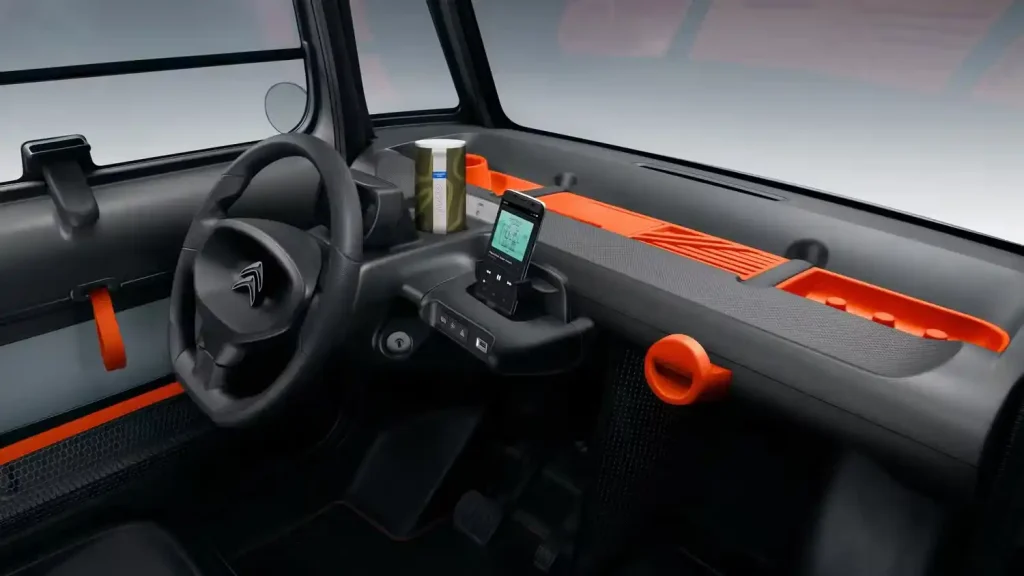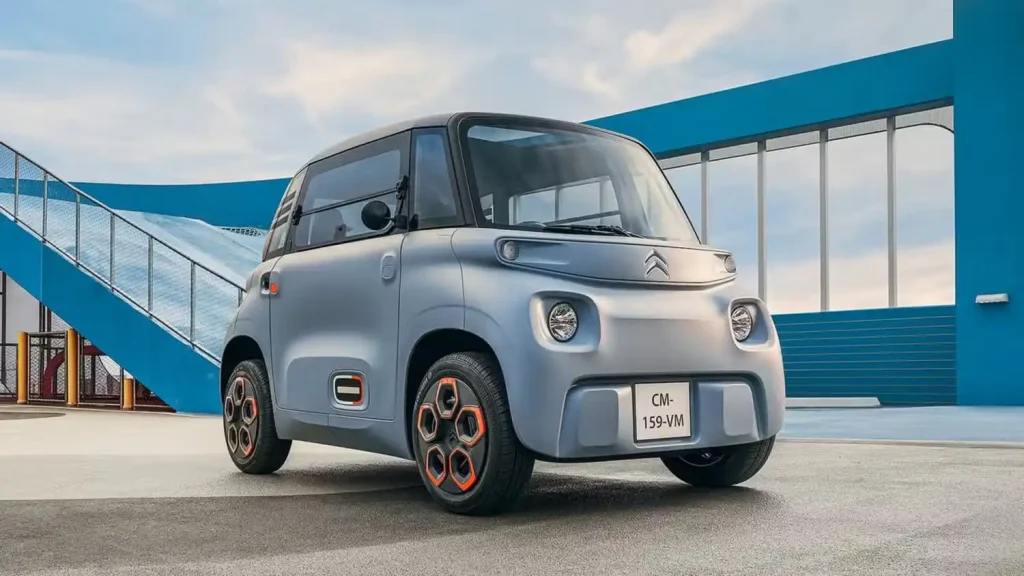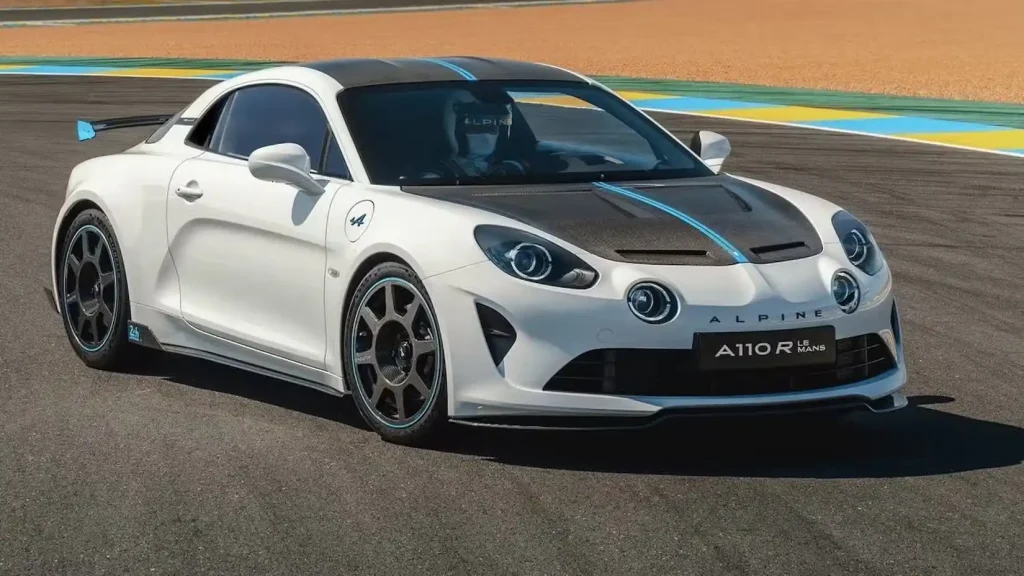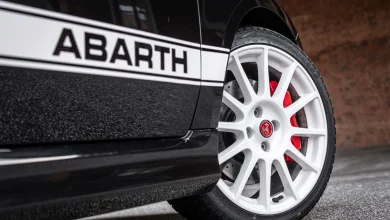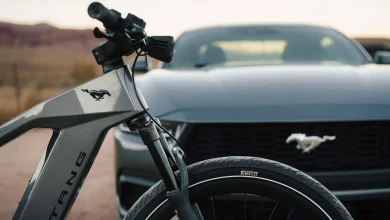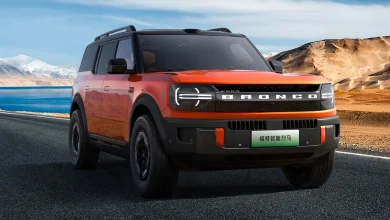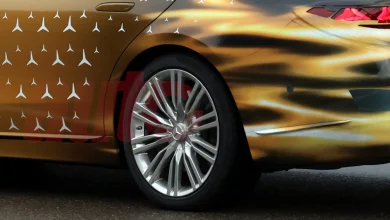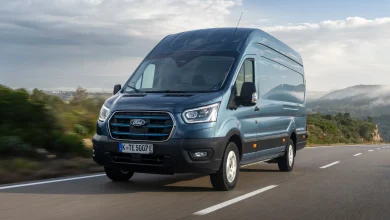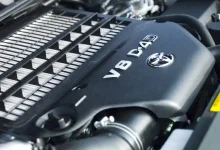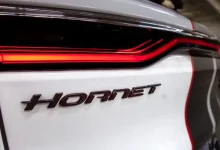New EU Trade Agreement Could Open U.S. Market to European Cars
“The White House announced that the U.S. and [other country] will now mutually recognize each other’s vehicle standards—opening the door for diesel wagons to hit the roads!”
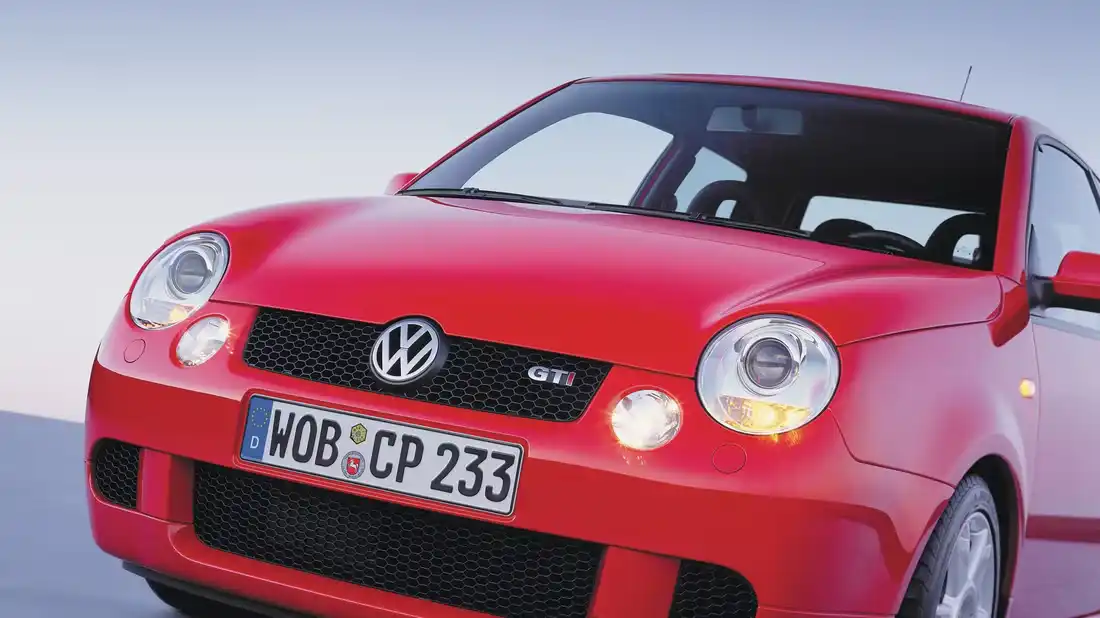
File this under “we’ll believe it when we see it,” but a potential trade deal between the United States and the European Union could ease some of the headaches around grey-market car imports. According to BMWBlog, the White House outlined a new agreement in which the U.S. and EU plan to mutually recognize each other’s vehicle standards. If it goes through, it could simplify the auto market and bring enthusiasts closer to owning their dream BMW M3 Touring or a high-performance supermini hot hatch.
Don’t Rely Too Heavily on the Vague Language
The U.S. and EU have been negotiating a trade deal for months, spurred by President Trump’s earlier decision to impose tariffs on all imported goods. The White House recently issued a joint statement outlining the agreement, with Article 8 specifically addressing the automotive sector.
With respect to automobiles, the United States and the European Union intend to accept and provide mutual recognition to each other’s standards. Cooperation on standards plays a crucial role in enhancing the transatlantic marketplace.
–Joint statement from the United States and the European Union
Article 8 leaves plenty of questions unanswered. It’s unclear whether the mutual recognition of vehicle standards applies to cars already on sale or only to future models. There’s also no mention of whether “forbidden fruit” like the Volkswagen Up! GTI could be imported before reaching the 25-year federal exemption for EPA and safety standards. Even if new vehicles are included, it’s still uncertain whether buyers could order them through U.S. dealerships or would have to import them from Europe—a scenario the auto retail lobby is unlikely to let slide without a fight.
Future Standards Could Become More Aligned
Article 8 does outline some concrete goals. It calls for closer technical cooperation between European and American standards organizations to develop key regulations for both markets. This could simplify the rollout of advanced features—like Level 3 driver assistance and adaptive pixel lighting—in the U.S., while also lowering the costs manufacturers face when certifying vehicles for multiple regions. Vehicle safety is one obvious area for collaboration, with Euro NCAP and NHTSA potentially agreeing on standardized testing procedures that apply across both markets.
Beyond the ambiguous vehicle standards clause, the EU–U.S. trade agreement also addresses revisions to American tariffs on imported goods. Beginning September 1, imported European products—including aircraft parts, generic pharmaceuticals, and select natural resources—will be subject to the World Trade Organization’s Most Favored Nation (MFN) tariff rate. Some cars and automotive components will also fall under the MFN rate, while others will continue to face the 15 percent tariff introduced last month.
Take It All with a Grain of Salt
The language in Article 8 appears intentionally vague, giving both governments room to negotiate the finer details down the line. That said, with Europe agreeing to buy significant U.S. military and defense resources, it seems likely that America will loosen some restrictions on imports from the Continent. Whether that will let enthusiasts order brand-new BMW M3 CS Tourings—or only import older models like the E60 M5 Touring—remains to be seen.




